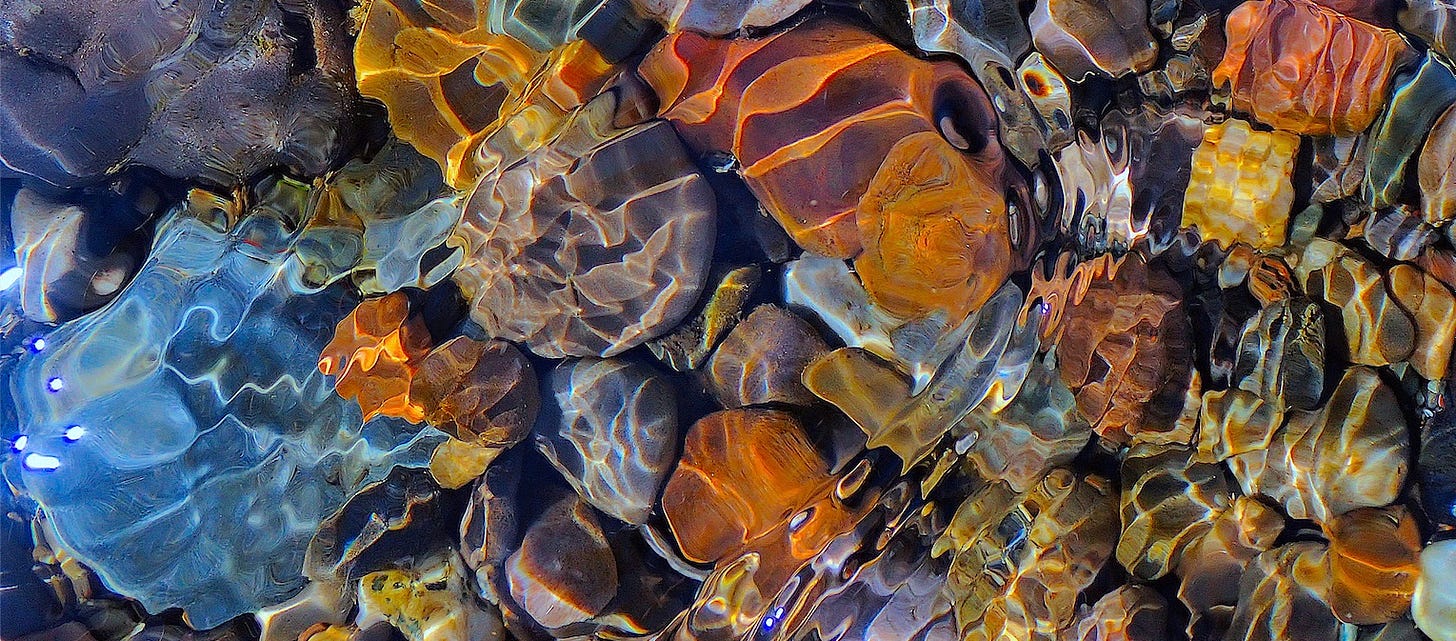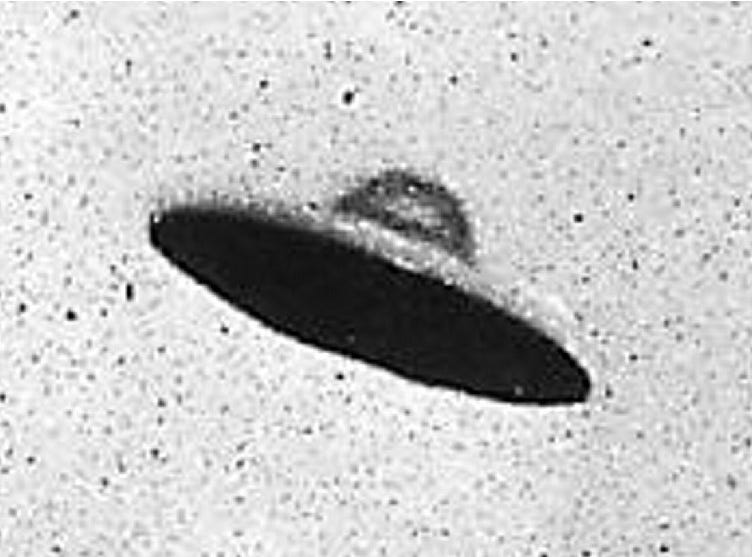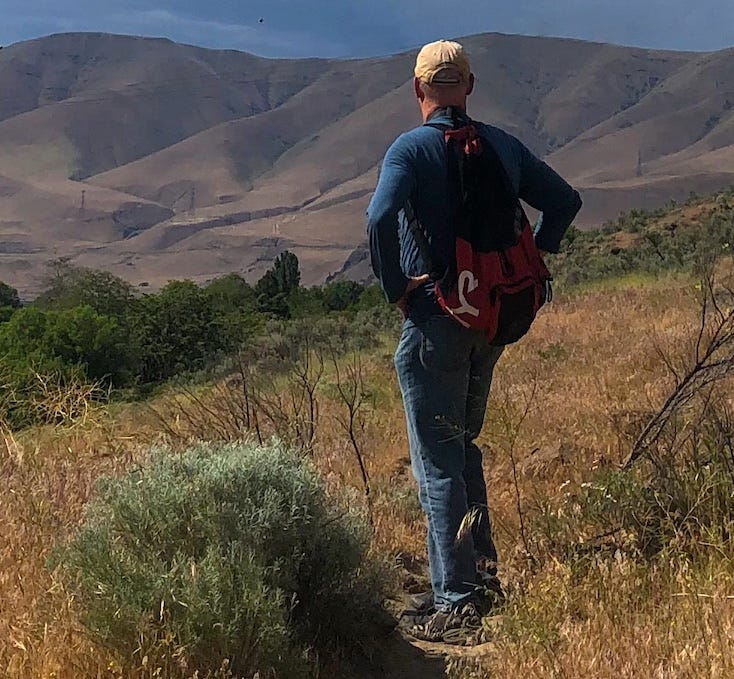Writing and producing The Daily Rhubarb is a form of multi-tasking I haven’t quite experienced before, at least not at this pace. Among them:
1) Gathering the research, doing the interviews, doing the reporting
2) Doing the photography for the daily postcard and interior photo placements
3) Composition and writing of the near-daily reports, essays and photo features
Implicit in my work is the hope that enough readers will support the endeavor with paid subscriptions. I really don’t mind getting up at 4:30 in the morning, most days, to write. The much harder thing is asking for your support, which is what I’m asking for in this space today. If you’re reading this email, you’ve most likely received it via subscription to the Rhubarb Salon, which is the free, promotional arm of The Daily Rhubarb. My first and most simple request is the you go here and become a paid subscriber to The Daily Rhubarb where you’ll get everything I would usually post to Rhubarb Salon, plus additional content, such as the new series of UFOs I’ll describe below. Is it worth it?
Perhaps the best I can do is point to the scoreboard in the header above: 101 posts in the first five months. I remember Devin sitting on a curb after a tough defeat at Hoopfest, years ago. My son and I had talked in our practices about the commitment to “effort.” He had tears on his cheeks, but he held out his hands—coated with street grime from the game (the ball picks up the dirt). He offered but one word—“effort.” That’s what you can count on— it runs in the family, even among those of us who are not gifted salespeople.
My editorial philosophy has not wandered far from how I introduced the Rhubarb Skies project nearly a decade ago, as “an independent and gently skewed experiment in regional journalism and story-telling.” I can’t apologize for the essays and stories on tough subjects. But the reason I live here, in the inland Northwest, is the environment: the fact that even from the middle of downtown Spokane I can bicycle for 25 minutes or less and walk (or dive) into wilderness. It sustains my spirits and my health. Writing about these experiences and how to find them is a way to share the wonder that nourishes our hopes and aspirations. Hence the balance of photography, the stories from the scablands; the visits with animal, and interesting people.
Four and 1/2 ways you can help
If you’re receiving this email, you are either already a financial supporter of The Daily Rhubarb or receiving it on a complimentary basis. I would ask 4.5 favors:
1) If you’re a Rhubarb Salon subscriber, please consider funding an annual subscription at this link. If and when you do so, you should begin receiving The Daily Rhubarb in your email folder.
2) Whether you wish to be a paying subscriber or not, please consider an additional contribution to support the reporting on the “forever chemical” water pollution problem on the West Plains (and literally hundreds of other communities, coast-to-coast.) Investigative reporting simply takes more time and expenses. You can make contributions to that cause via Venmo (you can find me at @Timothy-Connor-60) or mail a check if you prefer, in my name, 707 North Monroe, #2, Spokane, WA 99201.
3) Please consider forwarding the posts you like to your friends who may also be interested. If you’re comfortable asking them to subscribe, you can send them to this link. Please consider sharing this post with your friends.
4) Please consider purchasing my most recent book, Beautiful Wounds, which you can order from the publisher, W.W. Norton. The link to Norton also provides links to several other national distributors and the book is also available at local bookstores throughout the region, including Aunties, Wishing Tree Books, and Kizuri in Spokane.
4.5) Please consider purchasing my photography, much of which you can find on the Rhubarb Skies website. Purchases of $200 or more come with a complimentary annual subscription to The Daily Rhubarb. Please call (509) 838-4580 or email me (tjconnor56@gmail.com) if you have questions about photography purchases.
Whence it Came, 2021
Since February, the subjects I’ve delved into include physics, geology, journalism and journalism ethics, and regional history. You can find the entire suite of stories here.
There are two stories I’ll be focusing more intently on in the coming months, for different reasons. The first won’t surprise you; the second, probably so.
•The first is the “forever chemical” story I mentioned above, about a class of synthetic chemicals (known as PFAS for Perfluoroalkyl and Polyfluoroalkyl substances) that encompass over a thousand variations and products including non-stick cookware, waterproof makeup, stain resistant clothing and upholstery, and fire-fighting foam. In communities west of Spokane—in the flightlines for both Fairchild Air Force Base and Spokane International Airport—the prominent source of the contamination is fire-fighting foam that made its way into groundwater used for drinking and irrigation. By the time the problem was recognized literally thousands of people had been exposed to high levels of dangerous, endocrine-disrupting chemicals that concentrated in their blood, putting them at greater risk for a variety of illnesses, including cancer.
How did has happen? And how did this happen more than forty years AFTER these chemicals were identified as being both bio-accumulative and dangerous? There are national and local questions that require better answers and that’s what this project is about, including gathering a better understanding of continuing exposures and what safeguards will be needed to protect people now, and in the future.
•The second is UFOs. Right. Unidentified Flying Objects, as they used to be called. They’re now referred to as UAP for “Unidentified Aerial Phenomenon,” or “Unidentified Anomalous Phenomena” on account that some of the objects have been observed submersing in the ocean.
Q. Why would a journalist and footnote-hungry empiricist—who gathers satisfaction in dismantling conspiracy theories—become interested in UFOs?
A. I’ll share the long answer in the course of my reporting. The short answer is that something changed in 2017 with the revelation by the New York Times of a government initiative—the Advanced Aerospace Threat Identification Program—that was secretly organized and funded to investigate the growing number of UFO intrusions into U.S. military exercises. Reports of the encounters were coming from several reputable military aviators along with supporting video and data from sophisticated sensors aboard their aircraft. It was easy to miss this story even though it was also covered by CBS’s 60 Minutes and The New Yorker, among other publications). There were certain distractions—i.e. the global pandemic, fierce wildfires and other symptoms of a dangerously warming planet, two impeachments, and, of course, a violent insurrection and attempted coup by an ex-president. You can be excused if it slipped by in the woof and wash of other news, or if you’d just decided to turn the news off to shield your psyche. In any event, on June 25, 2021 the Office of the Director of National Intelligence released a report: “Preliminary Assessment: Unidentified Aerial Phenomena.” In it DNI declared, “UAP clearly pose a safety of flight issue and may pose a challenge to U.S. national security.” Of the 144 reports from U.S. government sources, 80 involved detection by “multiple sensors” and all but one “remain unexplained.” In essence, the DNI was backing up the military aviators in their accounts that the “phenomena” is real. The 2022 version of the DNI report added 171 more unexplained UAP encounters (virtually all reported by military aviators) and the note that some “appear to have demonstrated unusual flight characteristics or performance capabilities, and require further analysis.” Part of what’s notable is the new investigative and reporting initiatives are driven by members of Congress (from both parties) who’ve received classified briefings about the UAP phenomenon. The most recent and most provocative public disclosure came in early June with reporting by Leslie Kean and Ralph Blumenthal about a decorated intelligence officer, David Grusch, who sought whistleblower protection after he says he learned that other governmental officials were withholding from Congress evidence of alien craft and deceased alien remains. The report included corroborative and supportive statements from named active and former officials—including former Deputy Assistant Secretary of Defense for Intelligence Christopher Mellon—vouching for Grusch’s credibility as a liaison to a newly-created Unidentified Aerial Phenomena Task Force.
As solid as are Grusch’s credentials and service record, so is Leslie Kean’s reputation as a careful, persistent and talented journalist. With Blumenthal, she was a co-author (along with the New York Times’s lead Pentagon correspondent, Helene Cooper) in the 2017 stories that, to a large degree, shattered the stigma against UFO reporting by mainstream news outlets. Most recently, Kean has served as the authoritative guide for National Geographic’s investigations of the UFO phenomenon that began running earlier this year on its cable channel.
There are at least a couple aspects to this topic that interest me and, I hope, would interest anybody with an open mind. One is the journalistic standards we commonly use make decisions about when and if eye witness accounts and other evidence are sufficiently credible to warrant publication and/or broadcast. The first two segments of the National Geographic series confront this issue with dramatic story-telling and get to the sinew of editorial decision-making and how thin the margins in practice. Another dimension is the deep chasm between those who take the UFO/UAP phenomenon seriously, and those who dismiss it as a preposterous joke and/or fantasy. It’s one of the topics that the New York Times’s Ezra Klein explores with Leslie Kean in this June 20th edition of The Ezra Klein Show. At this juncture, this is either the biggest non-story of the century (so far) or its mind-blowing opposite. If the latter is the case it begs the question of whether we’re ready—as a culture, as a species—to absorb that we’re not alone in the universe among intelligent life forms, and quite likely not the most intelligent either. I hope that piques your interest, as it has engaged mine.
Just to be clear, because it deals with a near and present threat to public health, I’ll be posting everything I write on the “forever chemicals” project to both The Daily Rhubarb and to Rhubarb Salon. To read all the material I’ll post in the UFO series, you’ll have to be a paying subscriber to The Daily Rhubarb.
Happy trails, and boundless thanks to each and every one of you for your support and encouragements. The world is a strange and wonderful place to walk around in, and it’s important to have supportive friends and readers. I’m grateful for this opportunity to pursue independent journalism.
—tjc
(water and UFO images courtesy of Wikimedia Commons)
Columbia gorge, east of The Dalles, 2021












